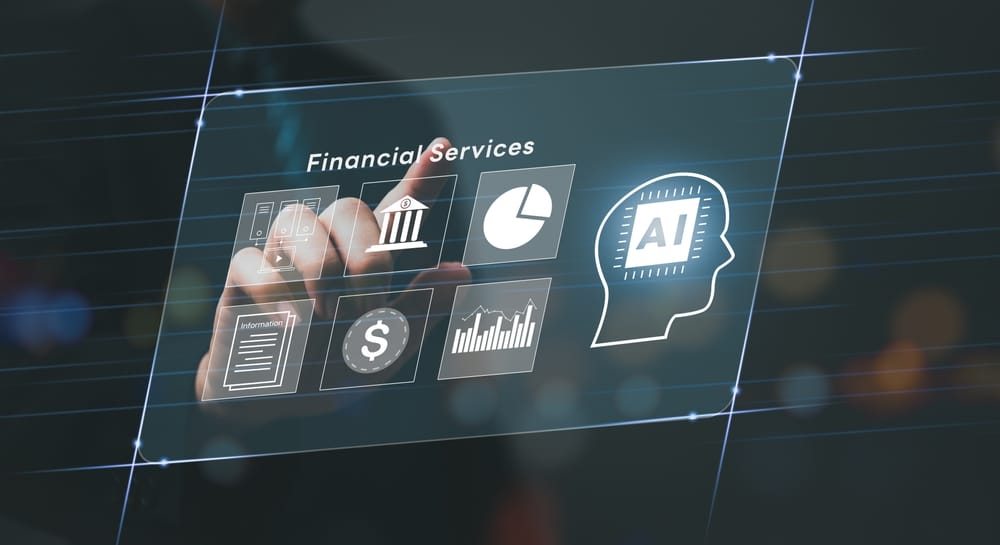
Protecting Sensitive Data: How One Law Firm Ensured World-Class Privacy
Jessica, a partner at a global law firm, knew that handling sensitive client information came with serious responsibility. From regulatory filings to high-profile contracts, even a small security lapse could jeopardize client trust—and expose the firm to hefty fines under regulations like GDPR and the U.S. Data Privacy Framework.
Her existing systems were outdated and fragmented, requiring multiple tools for document collection, encryption, and compliance tracking. Jessica needed a comprehensive, secure solution that kept her firm ahead of evolving privacy regulations. That’s when she implemented iComply.
Seamless Security and Compliance
Before iComply, onboarding clients meant manually verifying documents and managing sensitive files across email and separate storage systems. This process increased the risk of data breaches and made it harder to prove compliance during audits.
iComply’s platform changed everything. Clients uploaded documents directly through a secure, branded portal. Data was encrypted, authenticated, and verified at the source using edge computing—before it ever left the device. This meant fewer vulnerabilities and full control over data, even for international clients with cross-border privacy requirements.
Building Trust Through Proactive Protection
With iComply, Jessica’s team didn’t just meet compliance standards—they exceeded them. Real-time monitoring ensured that all client data remained secure and accessible only to authorized users. The platform automatically tracked every document interaction, creating an immutable audit trail.
Clients noticed the difference too. The streamlined process gave them confidence that their sensitive information was handled with world-class security. This wasn’t just about compliance—it was about strengthening client relationships through trust.
Future-Ready Privacy and Security
By adopting iComply, Jessica’s firm was prepared for new regulatory changes without needing costly system overhauls. Regular platform updates kept them compliant with privacy regulations across jurisdictions, while secure API integrations ensured that data flowed safely between internal systems.
If your compliance workflows feel vulnerable or outdated, it’s time to rethink your approach. iComply’s platform provides world-class privacy, security, and encryption—so your firm can focus on what matters most: serving your clients.












